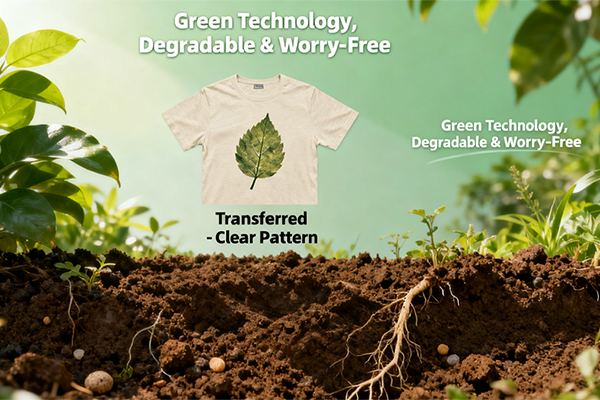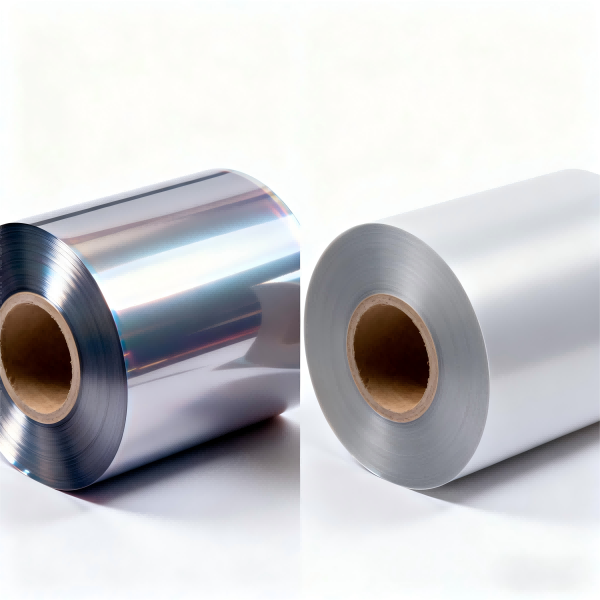What are the advantages of BOPP film
Third, BOPP film offers great versatility and safe...
MoreThe application of BOPP (Biaxially Oriented Polypropylene) and PET (Polyethylene Terephthalate) films spans numerous industries, driven by their superior physical properties, including high tensile strength, excellent clarity, robust barrier properties against moisture and gases, and reliable thermal stability. These engineered plastic films are fundamental in packaging, labeling, electrical, and industrial sectors, serving as critical components that enhance product protection, shelf appeal, and functional performance. The global market data from Grand View Research, valued at USD 20.82 billion in 2023 for BOPP films and USD 28.59 billion for PET films, underscores their extensive commercial adoption and the continuous innovation within these material segments to meet evolving industrial and consumer demands.
In the packaging industry, BOPP and PET films are indispensable. BOPP films are extensively used for food packaging such as snack bags, confectionery wrappers, and bakery product packaging due to their high moisture barrier, clarity, and sealability, which help in preserving freshness and extending shelf life. According to a Smithers report, the flexible packaging market, where BOPP holds a significant share, is projected to reach $358 billion by 2027, driven by demand for lightweight, durable, and sustainable packaging solutions. PET films, particularly in their metallized or coated forms, are crucial for high-barrier applications like ready-to-eat meal pouches, coffee bags, and pharmaceutical blister packs, offering exceptional oxygen and aroma barriers. Industry analysis from MarketsandMarkets highlights that the global PET packaging market is expected to grow at a CAGR of 5.2%, reaching $98.41 billion by 2030, fueled by the food & beverage and pharmaceutical sectors' need for superior protection and compliance with safety standards. Their role in reducing food waste and ensuring product integrity is supported by data from the Flexible Packaging Association, indicating that advanced plastic films can reduce package weight by up to 70% compared to rigid alternatives, lowering transportation emissions and costs.
The labeling and printing applications of BOPP and PET films leverage their excellent surface properties and durability. BOPP films are preferred for pressure-sensitive labels, sleeve labels, and in-mold labeling in consumer goods, beverages, and personal care products due to their high dimensional stability, water resistance, and vibrant printability, which enhance brand visibility and withstand harsh handling conditions. Data from AWA Alexander Watson Associates shows that film labels account for over 40% of the global label market, with BOPP leading in growth due to its cost-effectiveness and recyclability. PET films, with their high thermal resistance and stiffness, are ideal for RFID labels, electronics markings, and outdoor applications where durability against UV light and chemicals is essential. Research from Smithers Pira indicates that the digital printing segment on PET films is growing at over 7% annually, supported by advancements in inkjet and laser printing technologies that enable high-resolution graphics and coding for traceability. These films meet stringent regulatory requirements, such as FDA and EU standards for direct food contact, ensuring safety in labeling applications across diverse markets.
In electrical and industrial sectors, BOPP and PET films provide critical performance in specialized components. PET films are widely used as dielectric insulation in capacitors, motors, transformers, and cables due to their high dielectric strength, thermal stability up to 150°C, and flame-retardant properties, which ensure reliability in electronic devices and power systems. Market analysis from Statista estimates the global capacitor market, heavily reliant on PET films, will exceed $27 billion by 2025, driven by demand from automotive electronics and renewable energy systems. BOPP films, with their lower dielectric constant, are employed in high-voltage AC and DC capacitors for energy storage and power transmission, contributing to grid efficiency. Industrial applications include use as release liners in adhesive tapes, protective surfaces in manufacturing, and solar panel backsheets, where their weatherability and mechanical strength prolong product lifespans. According to the International Energy Agency, solar energy capacity growth, which uses PET-based backsheets extensively, is set to expand by over 1.2 TW by 2027, highlighting the role of these films in sustainable technology. Additionally, data from industry reports note that BOPP and PET films in industrial settings help reduce energy loss and maintenance costs, supporting innovations in smart grids and electric vehicles.
Emerging trends and sustainability considerations are shaping the future applications of BOPP and PET films. With increasing regulatory focus on circular economy, such as the EU Plastic Strategy and corporate ESG goals, manufacturers are developing mono-material structures, recyclable formulations, and bio-based alternatives to enhance environmental compatibility. For instance, according to Plastics Europe, over 60% of PET films are now recyclable, with initiatives like chemical recycling gaining traction to achieve closed-loop cycles. Innovations include high-barrier metallized BOPP for reducing material usage and PET films with recycled content (rPET) for applications like thermoformed packaging, aligning with data from the Ellen MacArthur Foundation that projects a 50% increase in recycled plastic demand by 2030. Market growth in e-commerce, smart packaging with integrated sensors, and biodegradable film variants further expands their application scope, supported by consumer preference for sustainable options. Industry forecasts from Grand View Research predict the global BOPP and PET film markets to grow at CAGRs of 6.5% and 5.8% respectively through 2030, emphasizing their adaptability and ongoing R&D investments to meet future challenges in performance and eco-efficiency.
Select the most popular foreign trade service products to meet your diverse needs
Learn more about the dynamics and professional knowledge of the foreign trade industry

Third, BOPP film offers great versatility and safe...
More

In the dynamic world of custom apparel printing, b...
More
BOPP Film, or Biaxially Oriented Polypropylene Fil...
More
In the packaging industry, two of the most popular...
More
BOPP Film (Biaxially Oriented Polypropylene Film) ...
MoreSelect the most popular foreign trade service products to meet your diverse needs
Explore more content related to foreign trade services

Tel: +86 17706217416
Add: Building L2A, No. 520, Lane 1588, Zhuguang Road, Hongqiao World Center, Qingpu District, Shanghai, China
User Comments
Service Experience Sharing from Real Customers
Michael Rodriguez
Packaging EngineerThe BOPP film has excellent clarity and moisture resistance, perfect for our food packaging applications. The consistency in thickness across rolls is impressive.
Sarah Chen
Production ManagerPET film performs exceptionally well in our printing processes. The surface treatment ensures great ink adhesion and the dimensional stability is reliable for our labels.
David Thompson
Quality Control SpecialistBoth BOPP and PET films meet our strict quality standards. The anti-static properties of BOPP film significantly reduce dust attraction in our clean room environment.
Jennifer Williams
R&D ScientistThe thermal stability of PET film is outstanding for our high-temperature applications. The BOPP film's sealability has improved our packaging efficiency by 15%.